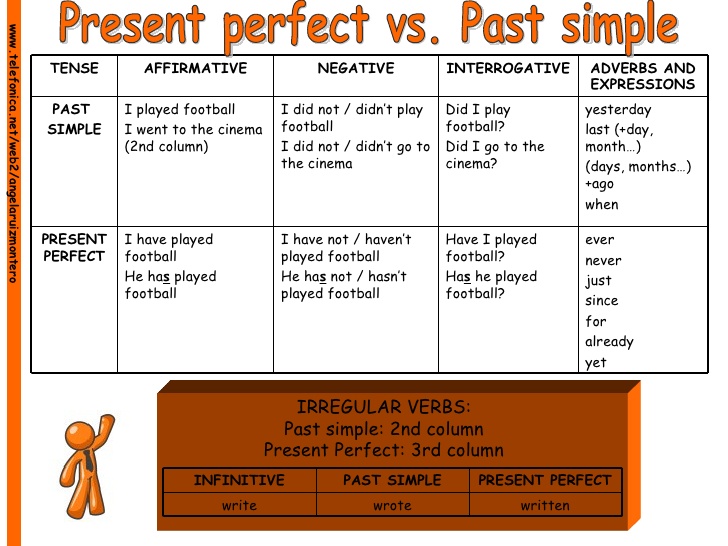English grammar: Direct – indirect object
The English verbs are followed by two different kinds of objects – the direct object and indirect object.
I sent Mary some flowers.
I sent some flowers to Mary.
These sentences contain both direct and indirect objects.
Flowers are the direct object and it refers to
what I sent. Mary is the indirect object and it refers to whom I sent it.
Use
1.If the indirect object comes before the direct object, there is no
They gave Harold a new car.
2.If the indirect object comes after the direct object, a preposition must be
They gave a new car to Harold.
3.If the direct object is a pronoun (it, this … ), it comes before the indirect object and a preposition must be used.
I bought it for my sister. Can you send it to him?
(Not: I bought my sister it. Can you send him it?)
Notes
1.If the verbs read and write are only followed by the indirect object, a preposition must be
Please, read to me. (Not: Please, read me).
But: Read me the letter. Read the letter to me. (There are two objects in these sentences.)
I’ll write to you soon.
But: I’ll write you a letter. I’ll write a letter to you. (two objects)
2.We can use the verbs promise, show, and tell with the indirect object only, but without a
I can’t promise you. (Or: I can’t promise it to you. – with two objects)
Show him. (Or: Show it to him.)
Can you tell me?



